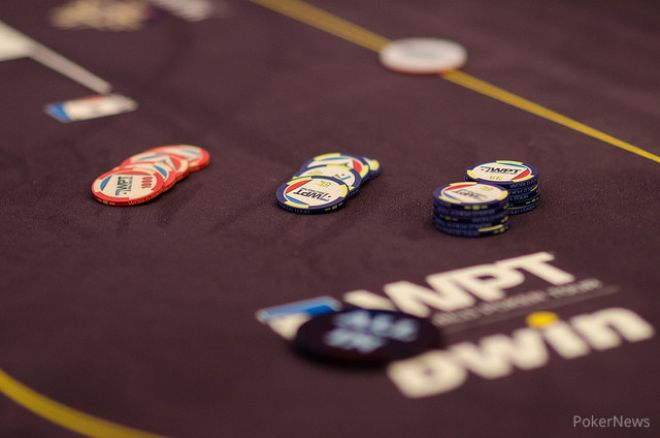STRATEGY: Using Big Data to Find Profitable Opening Ranges and Sizes

OneBillionHands.com does in-depth analytics for poker, using a massive hole-card-up database. To learn more about the data, check out the OneBillionHands.com site.
In a previous analysis, we found that the historically best under-the-gun (UTG) opening range for your average micro six-max player was: 66+, ATs+, KQs, and AQ+. But as Andrew Brokos of the Thinking Poker podcast correctly hypothesized, this result may change depending on the size of the opening raise.
In this analysis, we find that the historically best UTG combination of opening size and range for your average micro six max player is: opening to 3x with 22+, A9s+, KJs+, QJs, and AQ+.
How the Analysis Works
For a handful of different opening sizes, we used the quick-and-dirty methodology described here to find the most profitable opening range for that raise size. Then, we calculated the overall profitability of each size and range combination, and chose the most profitable. The average hand-by-hand profits (in big blinds) for the 3x opening raise are below:
| Hand | Outcome | Hand | Outcome | Hand | Outcome | ||
|---|---|---|---|---|---|---|---|
| AA | 10.5 | 99 | 0.8 | AQ | 0.1 | ||
| KK | 6.5 | 88 | 0.6 | 44 | 0.1 | ||
| 3.6 | 77 | 0.3 | KJs | 0.1 | |||
| JJ | 2.1 | AJs | 0.3 | A9s | 0.0 | ||
| AKs | 1.6 | 66 | 0.3 | 22 | 0.0 | ||
| TT | 1.1 | KQs | 0.3 | QJs | 0.0 | ||
| AK | 0.9 | ATs | 0.2 | 33 | 0.0 | ||
| AQs | 0.8 | 55 | 0.3 |
At a Practical Level, How Much Does Raise Size Matter?
A lot! Here’s the historically profitable opening range for the 2x raise size:
| Hand | Outcome | Hand | Outcome | |
|---|---|---|---|---|
| AA | 9.7 | TT | 0.8 | |
| KK | 6.1 | AK | 0.7 | |
| 3.2 | AQs | 0.6 | ||
| AKs | 1.3 | 99 | 0.2 | |
| JJ | 1.3 | 88 | 0.1 |
The first thing to notice is how much the range shrinks. The smaller the range, the more a thinking opponent will be able to exploit you – in this case by giving you less action. The 3x range was already small (~10.1% of starting hands), but the 2x range is almost comically so (~4.7%).
The second thing to notice is that the profitability of each hand in the 2x range goes down, sometimes substantially. One way to think about this is that when you build smaller pots with the best hands, you stand to win less. Historically, the 3x range is about 25% more profitable than the 2x range.
Concluding Comments
Keep in mind that this analysis is inherently exploitative. It’s a crib sheet based on what’s worked in the past. But if you stick to it, thinking players who notice your narrow range will almost certainly adjust, and your returns will go down. So if you play to apply the results of this analysis to your 6-max UTG range at micro stakes, make sure to pay attention to whether your opponents are adjusting. Crib sheets are nice, but nothing beats being an observant player.
Next time, we intend to look at historically best UTG opening ranges and sizes at low stakes. Does the raise size change? Does the range get wider? Can we glean anything substantial about the differences between low stakes v. micro and micro stakes?
For more poker strategy, make sure to tune in every week for new episodes of the Strategy with Kristy podcast. Feel free to send in questions, ideas or suggestions for the podcast to [email protected]. Also remember to follow PokerNews on Twitter for up-to-the-minute news.








